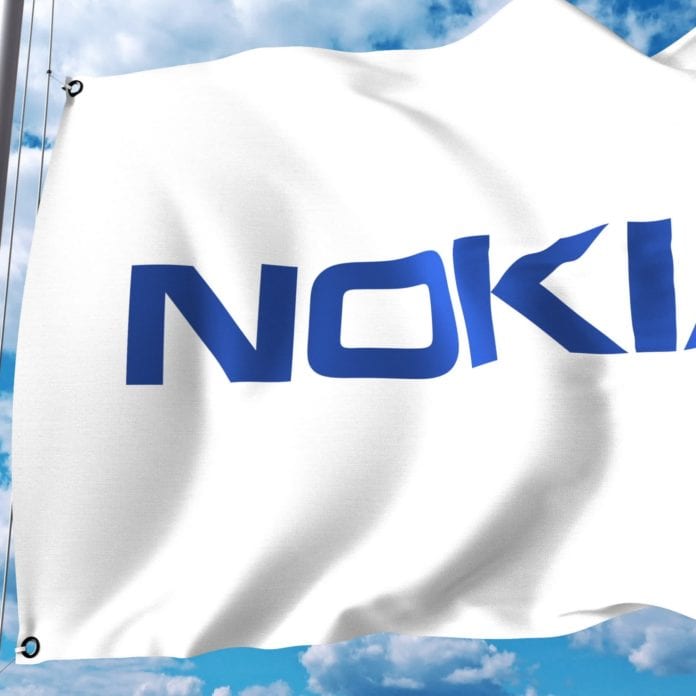HANNOVER, Germany–Nokia has made clear it sees private networks for industrial users as a market segment with huge potential. And, this week at the Hannover Messe industrial trade fair in a country with a massive industrial economic base, Stephane Daeuble, Nokia’s head of industry vertical and private wireless networks marketing, discussed how he sees connectivity figuring into the evolution of industrial processes.
While 5G is obviously a high priority for Nokia and a technology being explored by industrial players like Bosch, Daeuble described how investments today in LTE provide immediate benefits while also laying a foundation for a future transition to 5G.
He said this is the third year Nokia has attended Hannover Messe, increasing the size of its presence each year. “As we walked around the booths last year, we saw very few people with LTE-connected things,” he said. He acknowledged that 5G is an increasingly buzzy topic among industrialists but noted key industrial-facing tehnologies–particularly ultra reliable low latency communications with vertical-specific profiles, will be further developed in forthcoming 3GPP 5G New Radio releases.
“Our message to the industry is, ‘Why wait?’ When the 5G [Release] 17 is fully complete and you’ve got all the devices, you can switch off your LTE and go to 5G. It’s not a rip and replace.”
In terms of what constitutes a private network, Daeuble explained Nokia has developed a portfolio that will allow operators with licensed spectrum to resell a turnkey private network solution into the industrial space, allow large industrials to invest directly in their own network with dedicated spectrum, and also an iteration geared toward smaller-scale players.
“There is a very big market for private wireless,” he said. “The number of sites is huge. The one thing we know is the operator has a big role to play, but the operator has a totally different business model. That’s one part of the market. Another thing we know as well is if we talk to industrial companies, many of them consider the connectivity to be mission critical. They want full end-to-end control of their network. They’re willing to invest in the IT and telecom expertise. That’s why at the same time we work with operators, we know a number of [industrial companies] want a fully independent network.
In cases where spectrum that is allocated directly to industrial companies, Daeuble noted that Germany has set aside the 3.7 GHz band, Japan has 1.9 GHz, the U.S. is working through the regulatory side of 3.5 GHz and other countries have gone in a similar route. Simultaneously, he said operators are becoming more willing to lease spectrum to keep up with a fast-evolving market. There are also opportunities, he said, around standalone-unlicensed LTE technologies like MulteFire, as well as potential to apply that model to 5G NR in the 5 GHz and 6 GHz bands, which 3GPP is currently studying for potential inclusion in Release 16.

